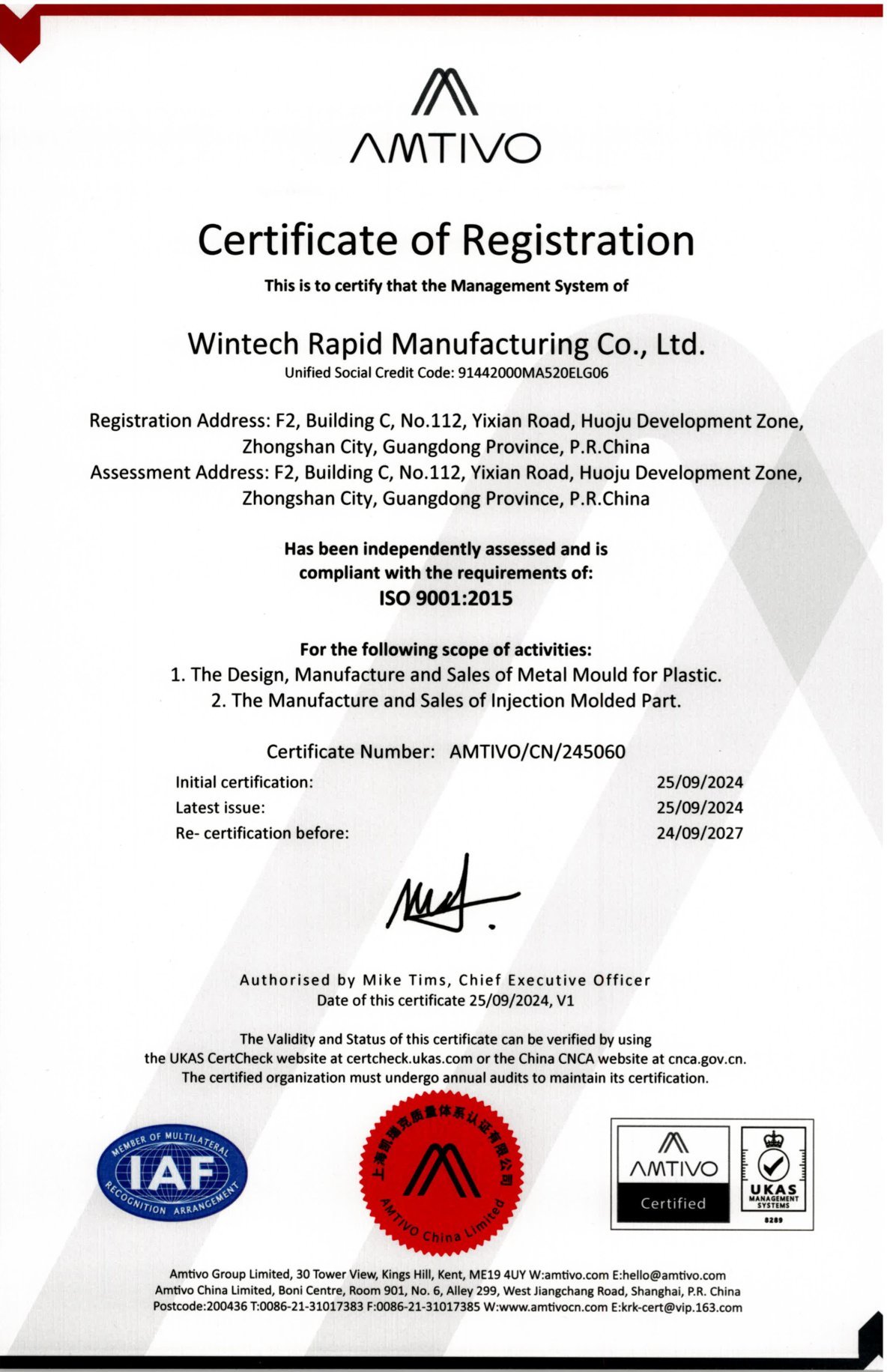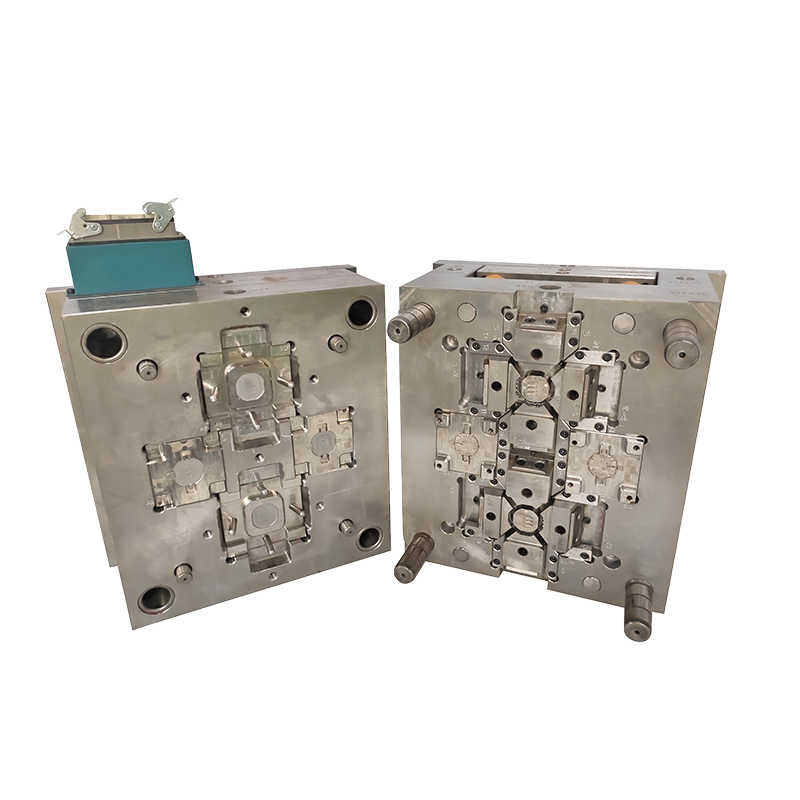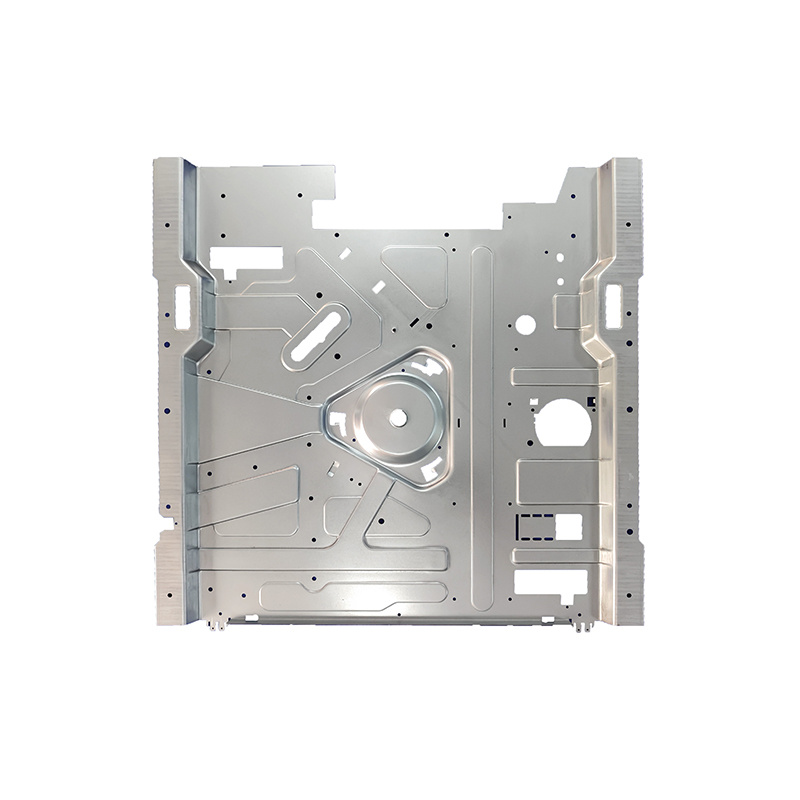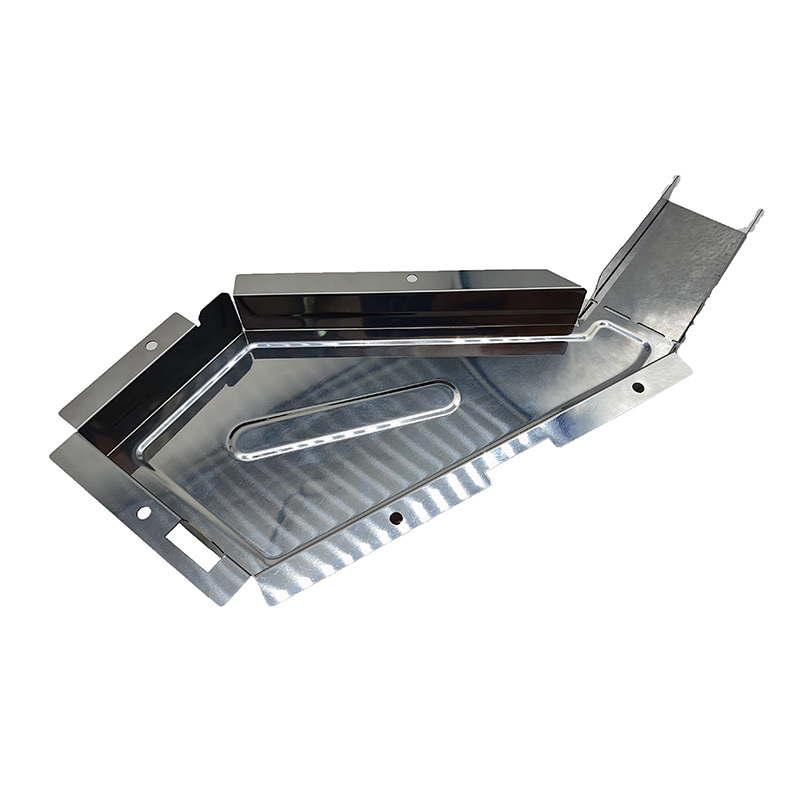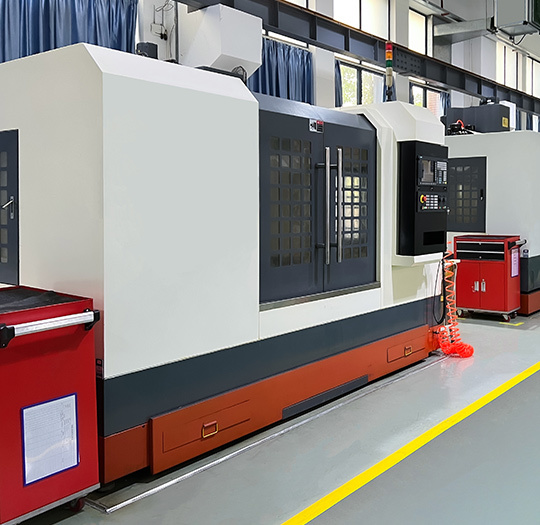Revolutionizing Electronics Manufacturing: The Essential Role of Rapid Plastic Injection Molding
Time:
2025-04-20 11:20
Source:
Understanding Rapid Plastic Injection Molding in Electronics
Rapid plastic injection molding has become a cornerstone in the electronics manufacturing industry. As technology continues to evolve at a breathtaking pace, the demand for precision-engineered components has never been higher. In this article, we will deeply explore the significance of rapid plastic injection molding, particularly in the context of electronics, and how it meets industry demands.
The Basics of Plastic Injection Molding
Plastic injection molding is a manufacturing process that involves injecting molten plastic into a mold to create a wide range of products, particularly intricate components used in electronics. This method allows for the creation of parts with high precision and consistency, making it ideal for the fast-paced electronics market.
How Rapid Plastic Injection Molding Works
The rapid plastic injection molding process begins with the preparation of the mold, which is crafted to match the specifications of the desired component. Once the mold is ready, the plastic material, typically in the form of pellets, is heated until it melts. This molten plastic is then injected into the mold cavity under high pressure. After cooling, the mold is opened, and the finished product is ejected.
Key Steps in the Rapid Plastic Injection Molding Process
1. **Design & Prototyping**: The first step involves designing the component using CAD software. Prototyping can be done through 3D printing or other methods to ensure the design meets all specifications.
2. **Mold Creation**: High-quality molds are produced using steel or aluminum, ensuring durability and precision.
3. **Injection**: The molten plastic is injected into the mold at high pressure to fill every cavity.
4. **Cooling**: The injected plastic cools and solidifies, taking the shape of the mold.
5. **Ejection**: Once cooled, the mold is opened, and the final product is ejected.
Advantages of Rapid Plastic Injection Molding in Electronics
The adoption of rapid plastic injection molding for electronics offers numerous advantages that directly address industry demands:
1. Increased Production Speed
One of the most significant benefits of rapid plastic injection molding is its ability to produce components quickly. This speed is essential in the fast-moving electronics sector, where products need to be developed and delivered to market swiftly.
2. Cost Efficiency
With the ability to create high volumes of parts with minimal waste, rapid plastic injection molding helps reduce production costs. This efficiency allows manufacturers to offer competitive pricing without sacrificing quality, essential for success in the electronics market.
3. Design Flexibility
Rapid plastic injection molding offers unparalleled design flexibility. Manufacturers can create intricate and complex shapes that would be challenging to achieve with other manufacturing processes. This flexibility enables the development of innovative electronic components that meet modern consumer demands.
4. High Precision and Consistency
The process delivers highly accurate parts with tight tolerances, essential for electronics that require a high degree of precision. Consistency in production ensures that every component meets quality standards, reducing the risk of defects.
Applications of Rapid Plastic Injection Molding in the Electronics Industry
Rapid plastic injection molding is widely used in various applications within the electronics industry. Below are some of the key areas where this manufacturing process plays a crucial role:
1. Consumer Electronics
From smartphones to smart home devices, consumer electronics require various plastic components, such as casings, buttons, and connectors. Rapid plastic injection molding allows manufacturers to produce these parts quickly and efficiently.
2. Automotive Electronics
With the rise of electric vehicles and advanced driver-assistance systems (ADAS), automotive electronics have become increasingly complex. Rapid plastic injection molding is used to create components like control panels, sensor housings, and connectors that meet stringent safety and performance standards.
3. Medical Devices
The medical industry relies on precision-engineered components for devices such as diagnostic equipment, surgical tools, and patient monitoring systems. Rapid plastic injection molding ensures that these components are produced with the necessary accuracy and reliability.
4. Industrial Electronics
In industrial settings, rapid plastic injection molding is utilized to manufacture components for machinery and equipment, such as housings for control systems and protective covers for sensitive electronics.
Meeting Industry Demands: Quality Standards and Compliance
As the electronics industry continues to grow, so do the regulations and quality standards governing manufacturing processes. Rapid plastic injection molding must adhere to various compliance measures to ensure that products meet safety and functionality requirements.
1. ISO Certifications
Manufacturers engaging in rapid plastic injection molding often seek ISO certifications to demonstrate their commitment to quality and reliability. These certifications not only enhance credibility but also assure customers of the manufacturer's adherence to international standards.
2. Material Selection and Testing
The choice of materials used in the injection molding process is critical. Manufacturers must select materials that not only meet performance requirements but also comply with environmental and safety regulations. Additionally, rigorous testing ensures that materials perform as expected under various conditions.
3. Quality Control Processes
Implementing stringent quality control processes throughout the manufacturing cycle is essential. This includes regular inspections, testing, and validation of molds and final products to ensure they meet predetermined specifications.
The Future of Rapid Plastic Injection Molding in Electronics
As technology evolves, so too will the methods and materials used in rapid plastic injection molding. Innovations such as advanced materials, automation, and AI-driven design processes are poised to change how manufacturers approach production.
1. Advancements in Material Science
New materials are continually being developed that offer improved properties, such as enhanced durability, lightweight characteristics, and better thermal resistance, making them suitable for a wider range of applications in electronics.
2. The Role of Automation and Smart Manufacturing
Automation technologies are streamlining the injection molding process, increasing efficiency, reducing labor costs, and minimizing the potential for human error. Smart manufacturing techniques will likely lead to further advancements in rapid plastic injection molding.
3. Sustainability Initiatives
With increasing awareness of environmental issues, manufacturers are focusing on sustainability. This includes using recycled materials, implementing energy-efficient processes, and reducing waste. The future of rapid plastic injection molding will likely see a greater emphasis on eco-friendly practices.
FAQs About Rapid Plastic Injection Molding in Electronics
1. What types of plastics are commonly used in rapid plastic injection molding?
Common materials include ABS, polycarbonate, polypropylene, and nylon, each chosen for its specific properties suited to electronics applications.
2. How does rapid plastic injection molding compare to traditional molding methods?
Rapid plastic injection molding significantly reduces production time and costs, allowing for faster prototyping and greater design flexibility compared to traditional methods.
3. Can rapid plastic injection molding be used for low-volume production runs?
Yes, while this process is often associated with high-volume production, it can efficiently handle low-volume runs, especially for prototyping or specialized components.
4. What are the typical lead times for rapid plastic injection molding projects?
Lead times can vary depending on project complexity and mold creation time but generally range from a few days to several weeks.
5. How do manufacturers ensure quality in rapid plastic injection molding?
Quality assurance practices include rigorous testing, regular inspections, and adherence to international standards, ensuring each component meets the required specifications.
Conclusion
Rapid plastic injection molding stands at the forefront of the electronics manufacturing industry, playing a vital role in meeting the high demands for precision, speed, and cost-effectiveness. By embracing this innovative technology, manufacturers can create high-quality components that drive the advancement of consumer electronics, automotive systems, medical devices, and more. As the industry continues to evolve, rapid plastic injection molding will undoubtedly adapt, enabling manufacturers to meet future challenges head-on while maintaining quality and efficiency.
rapid plastic injection molding
Related news
2024-11-15



